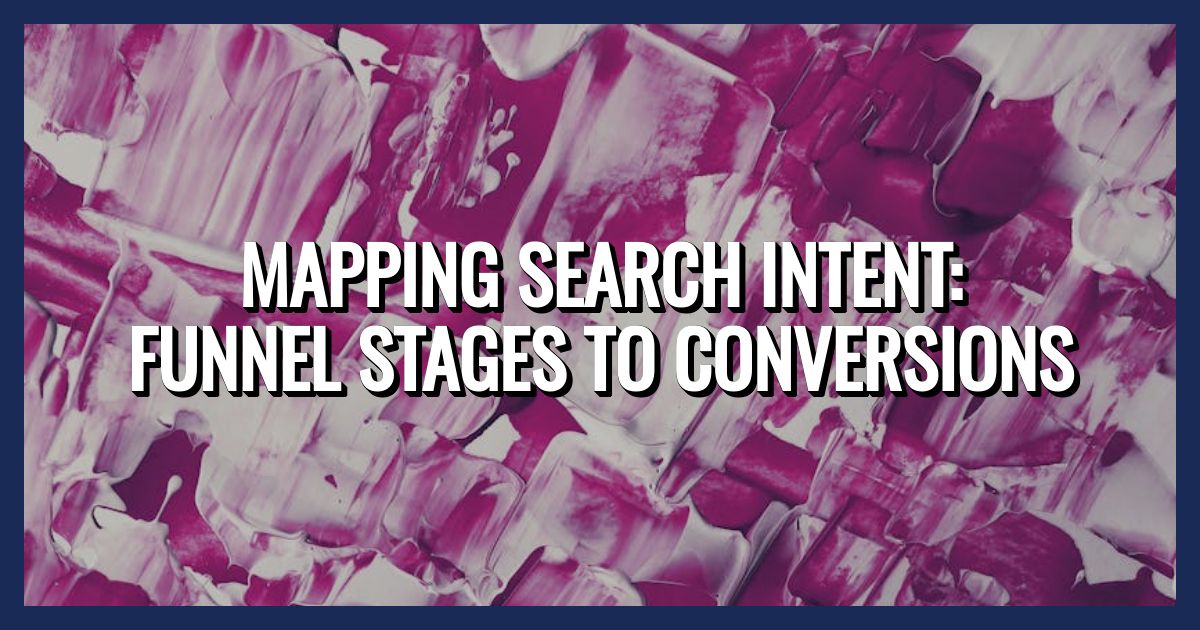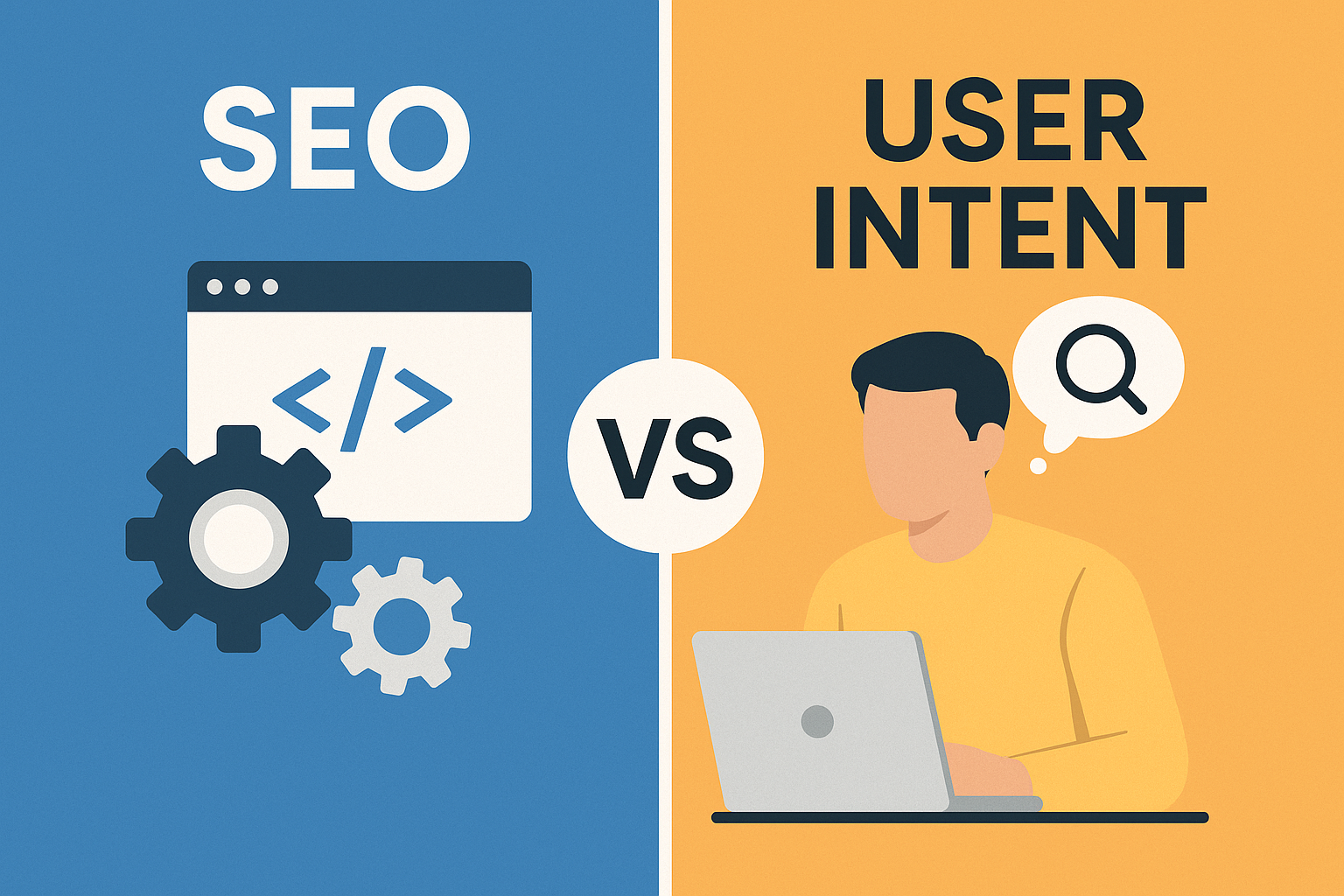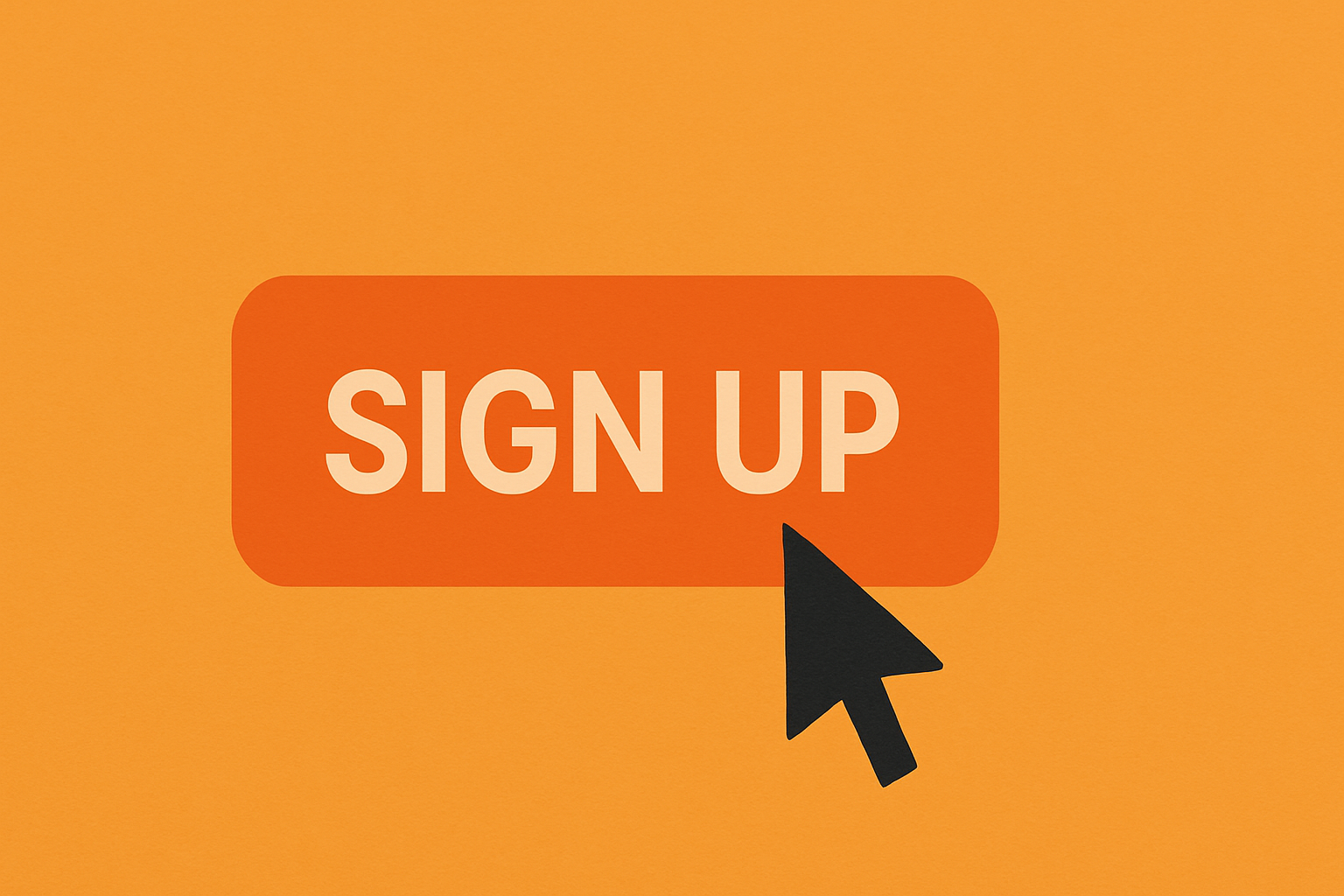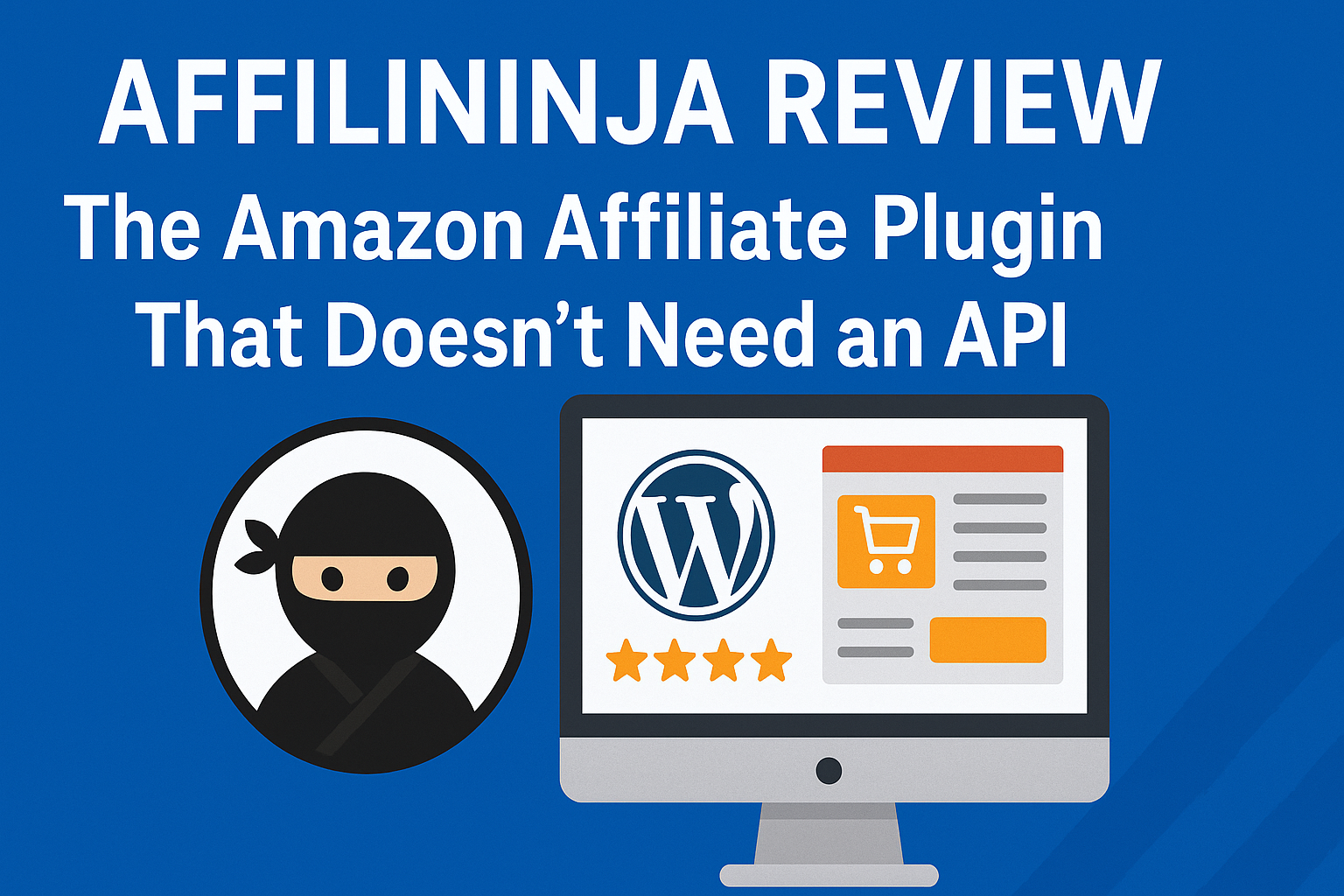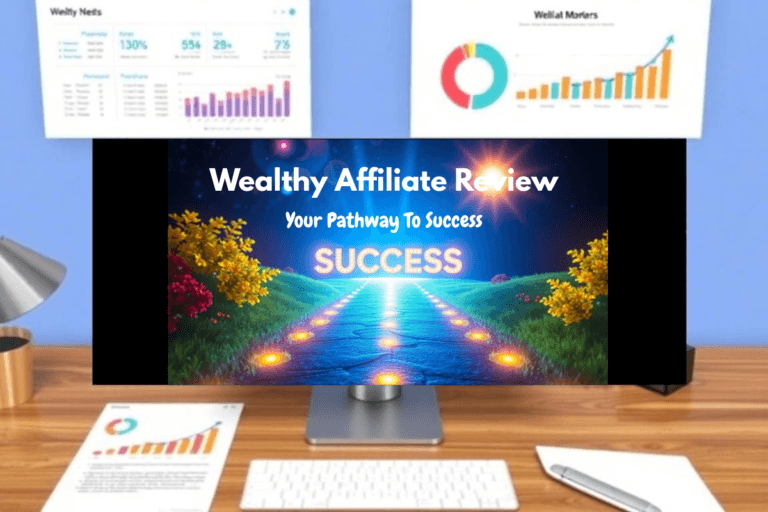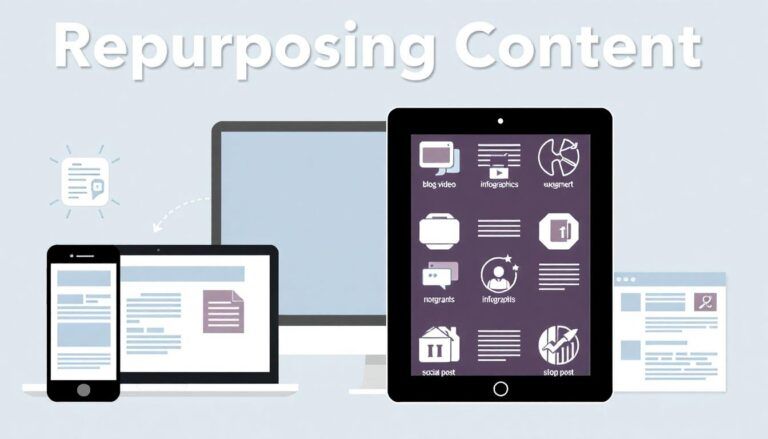Search Intent Map by Funnel Stage: Keywords to Offers That Convert (2025)
Search Intent by Funnel Stage: Map Keywords to Offers that Convert
Most marketers blame ads or budgets when sales slip. The real issue often sits right in front of them. They miss what searchers actually want. That core want is called search intent.
Search intent is the reason behind a search. It tells you what the user hopes to do. Learn, compare, buy, or find a site. When you build content around that reason, your pages feel helpful. People stay longer. They click more. They buy.
Think of your marketing funnel. Awareness, consideration, and decision. Each stage has its own questions and needs. If you map keywords to offers that fit each stage as part of your content marketing strategy, you guide users step by step. You turn visitors into buyers without pressure.
This guide breaks it down in clear steps for better SEO. You will see how to spot intent, match it to the funnel, and build offers that fit. Let’s make this work for you, not against you.
What Search Intent Means and Its Main Types
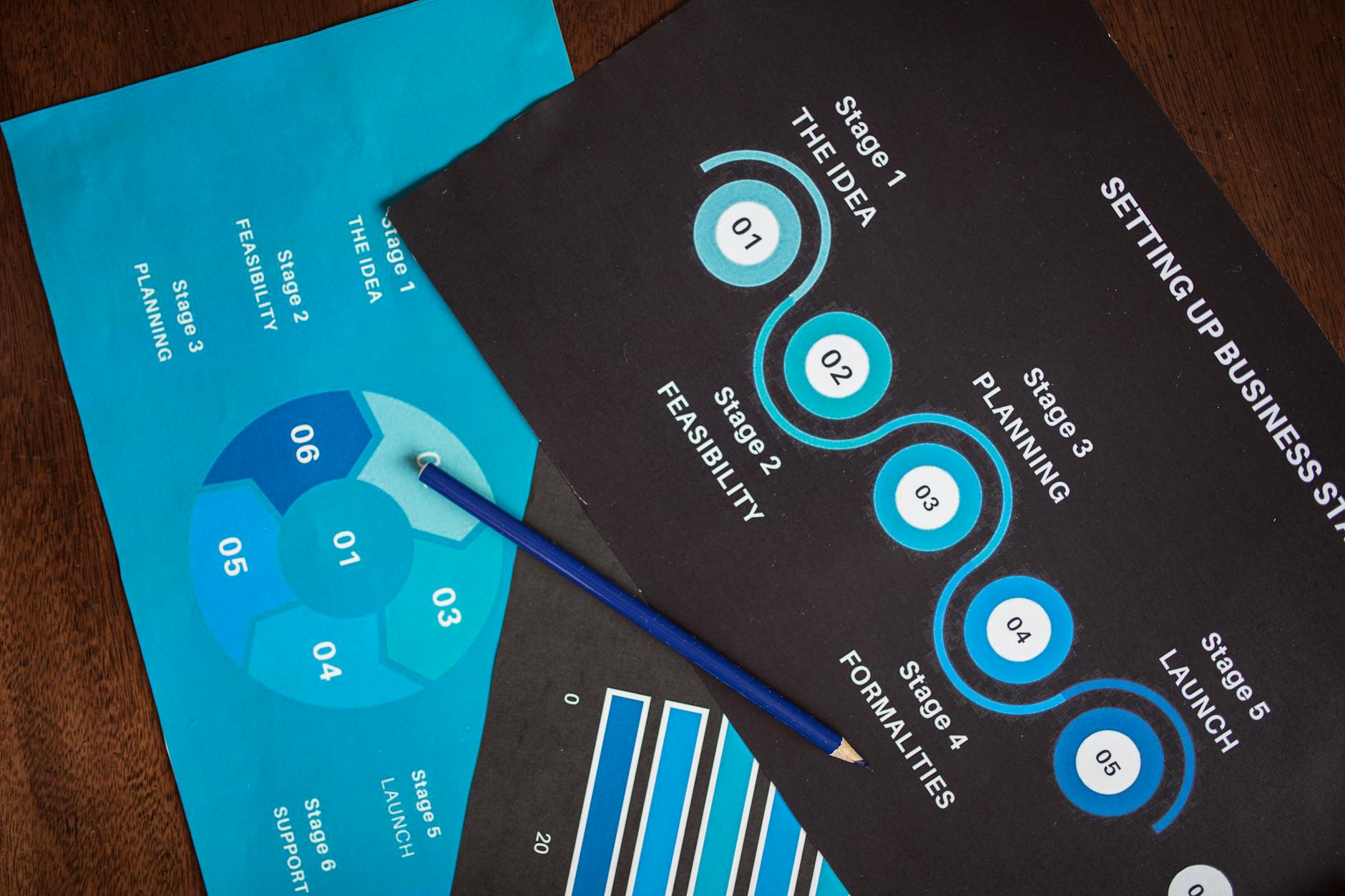 Photo by RDNE Stock project
Photo by RDNE Stock project
Search intent is the goal a person has when they type a search term in Google. It explains why someone looks for an answer. When you match content to that goal—especially in the era of semantic search—you boost trust and clicks.
Here are the main types, often framed as the three Cs of search intent: Know (informational intent), Do (commercial intent and transactional intent), and Go (navigational intent).
- Informational intent: Users want to learn or get an answer. Example: “how to bake a cake” or “what is a heat pump.”
- Commercial intent: Users compare options before they buy. Example: “best running shoes 2025” or “top smart TVs under $600.”
- Transactional intent: Users are ready to act. Example: “buy laptop online” or “sign up for yoga classes.”
- Navigational intent: Users want a specific site. Example: “Gmail login” or “YouTube Studio.”
Why this matters: each intent type needs different content. Informational intent users want guides or tips. Commercial intent users want comparisons, reviews, and demos. Transactional intent users want fast checkout and clear offers. Navigational intent users want quick links and brand pages. When your content matches search intent, you reduce friction, improve rankings on search results pages, and raise conversions.
Spotting Informational Search Intent
Informational intent queries sit near the top of the funnel. People want answers, not a pitch. You build trust here by adopting the right content angle.
Keyword examples:
- “tips for better sleep”
- “What causes headaches?”
- “How to start composting”
Good content ideas:
- Short guides that solve one problem
- Checklists and quick tips
- Explainers with simple steps
The goal is attention and trust. No hard sell. Offer value first in this content format.
Navigating Commercial and Transactional Intent
Commercial intent means the user is actively considering their choices. They want detail, proof, and clarity, so focus on the appropriate content type, like in-depth reviews.
Examples:
- “top coffee makers under $100”
- “electric bike reviews”
- “best payroll software for startups”
Transactional intent indicates that the user is ready to take action. They want price, speed, and a clear path to purchase.
Examples:
- “order flowers delivery”
- “Sign up for a gym membership.”
- “Buy noise-canceling headphones.”
In keyword tools, look for words like best, compare, and review for commercial intent. Words like buy, order, coupon, and subscribe often signal transactional intent. Shape pages to match that shift from exploring to acting.
How Funnel Stages Connect to Search Intent
The funnel has three parts that line up with intent. Awareness, consideration, and decision. Each stage asks for different content and offers.
At the awareness stage, people have a broad interest or a problem. They search for informational keywords and want help to understand. Content that fits: guides, explainers, and tips. Examples: “beginner running plan,” “how to prune roses.”
At the consideration stage, people narrow their choices. They compare brands or features. These are commercial intent keywords. Content that fits: comparisons, reviews, and case studies. Examples: “best budget laptops 2025,” “CRM for real estate agents.”
At the decision stage, people are ready to buy. They use transactional keywords. Content that fits: pricing pages, product pages, free trials, and fast checkout. Examples: “buy ergonomic chair,” “start 14-day trial.”
Here is a simple way to picture it. Awareness pairs with informational intent and education. Consideration pairs with commercial intent and comparisons. Decision pairs with transactional intent and sales pages. When you line up each step, you guide users in a straight path. They do not have to think hard about what to do next. That ease raises clicks and sales. This approach highlights the right content type, like educational guides for early stages versus comparison pages for mid-funnel evaluation.
Awareness Stage: Building Interest with Keywords
Use long-tail keywords to catch curious users. Think “beginner gardening tips” or “how to meal prep.” These searches signal early interest.
Strong offers here are light and helpful:
- Free ebook or checklist to collect an email
- Quick start guide that solves one core issue
Nurture the lead with useful follow-ups. Ask, “Ever wondered why some searches lead nowhere?” Then show them the clear next steps. Keep sales talk light. Focus on trust.
Consideration Stage: Helping Users Compare Options
Mid-funnel keywords show the user is weighing choices. Think “best budget laptops 2025” or “software for small business.” They want proof and clarity.
Content to build desire:
- Side-by-side reviews with clear pros and cons
- Feature demos and short videos
- Case studies that show real outcomes
Offer a free trial or live demo to lower risk. Keep calls to action clear and simple. Help them pick and move forward.
Decision Stage: Closing Deals with Action Keywords
Bottom-funnel searches show clear buying intent. “Buy wireless earbuds cheap” or “book a hotel room now.” The user wants speed, trust, and a deal.
Best practices:
- Strong CTA above the fold, like “Buy now” or “Start trial”
- Fast checkout with a few steps
- Trust signals like reviews, badges, and guarantees
- Clear pricing with no surprises
Make the landing page tight. Cut extra links. Answer key objections fast, like shipping time or refund terms.
Map Your Keywords to Offers That Drive Sales
Now put it all together to map user intent to offers that drive sales. You will research, group, and build content that fits each stage. Keep the process simple.
Map Your Keywords
- Find keywords by intent.
Conduct keyword research using a keyword tool and scan modifiers to identify relevant search terms. Words like ‘how’ or ‘what’ signal information. Words like ‘best’ or ‘review’ signal commercial intent. Words like ‘buy’ or ‘coupon’ signal a transactional intent.
- Group by funnel stage.
Put informational terms at the top, commercial in the middle, and transactional at the bottom. This gives you a clean roadmap.
- Create intent-first content.
Match the content format to the stage—guides for awareness, comparisons for consideration, and product pages for decision.
- Match offers to each stage.
Use downloads for awareness, trials or demos for consideration, and discounts or fast checkout for decision.
- Add clear CTAs that fit the mindset.
Do not push a sale on a tips page. Invite a download or newsletter. On a review page, invite a trial. On a product page, invite a customer to make a purchase.
- Track and refine with SEO in mind.
Monitor Google SERP metrics like click rates, time on page, and conversions to learn how to optimize content performance. Update pages to improve ranking and remove friction.
Example workflow for a fitness app:
- Awareness keywords: “home workout plan,” “beginner cardio tips.” Content: 7-day guide. Offer: free PDF plan.
- Consideration keywords: “best fitness app for beginners,” “fitness app with meal plans.” Content: comparison page and demo video. Offer: 14-day trial.
- Decision keywords: “buy fitness app subscription,” “start fitness app premium.” Content: pricing page. Offer: first month at 50 percent off and easy cancellation.
Want a deeper dive into user intent? Check out the AI User Intent Guide. It shows how AI tools can speed up research and improve mapping.
Step-by-Step Keyword Mapping Guide
- List keywords. Start with search data and real customer questions. Add your product and niche terms.
- Classify intent. Tag each term as informational, commercial, transactional, or navigational.
- Assign to stages. Map informational to awareness, commercial to consideration, transactional to decision.
- Match to offers. Tie each group to the next step. Download, trial, demo, or purchase.
Keep the sheet simple. One keyword, one intent, one stage, one offer.
Common Mistakes to Avoid in Intent Mapping
- Pushing sales too early. Fix it with softer CTAs at the top of the funnel.
- Missing mobile needs. Make pages fast and easy on phones.
- Ignoring search snippets like featured snippets and People Also Ask. Optimize title tags and meta descriptions to answer the core question in the first lines for better search visibility.
- Skipping tests. A/B test CTAs, headlines, and page layout.
Conclusion
Search intent shows what searchers want, not what we hope they want. Match intent to the funnel, then map keywords to the right offers. You guide users from curiosity to choice to checkout with less friction.
Do a quick audit this week. Tag your top keywords by intent. Update the content on one page per stage with a stronger offer and CTA. Small tweaks now can lift clicks and sales fast.
Thanks for reading. Try one strategy today. Your future self and your conversion rate will thank you for it.
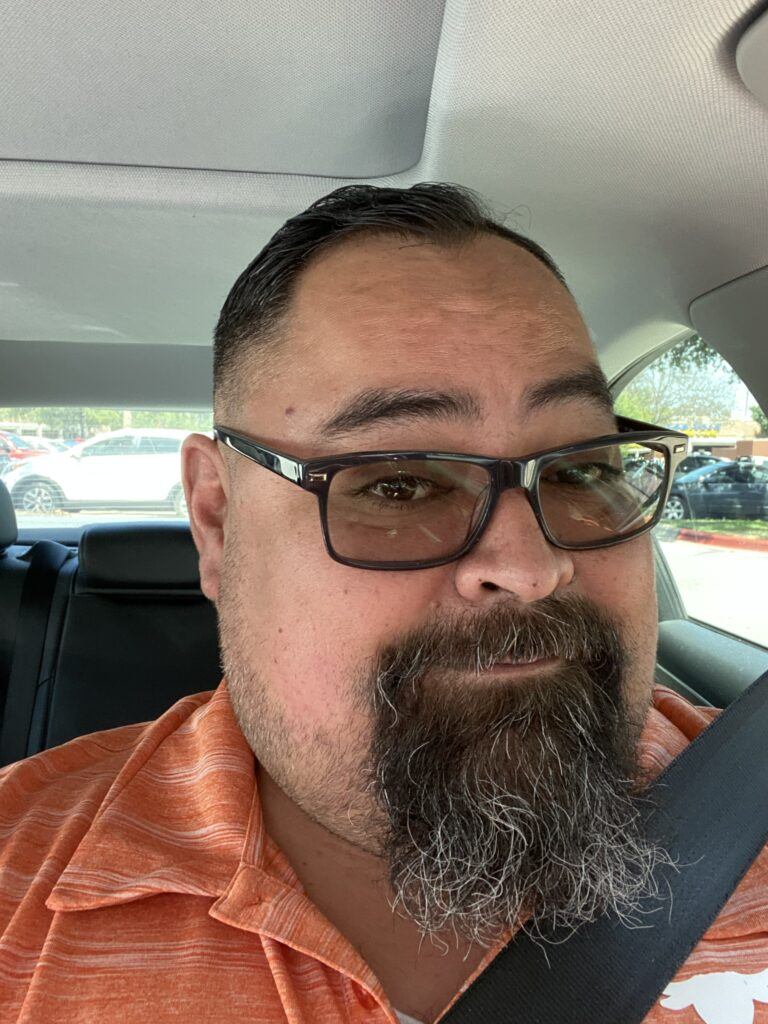
Hello, I’m Michael, the founder of apexaffiliate.com. A few years ago, I was searching for a way to make money online and break free from the daily grind of the 9-5 lifestyle. Like many, I encountered countless “Done for you” and “Get Rich Quick” schemes, but eventually, I got lucky and discovered my path to success.
That turning point was Wealthy Affiliate, a platform I now consider home and the cornerstone of my online achievements. I want to share this journey with you and provide helpful insights into the basics of affiliate marketing, with the goal of making your path smoother than mine.
Join me, and let’s navigate this journey together—I’ll be here every step of the way to guide you.

